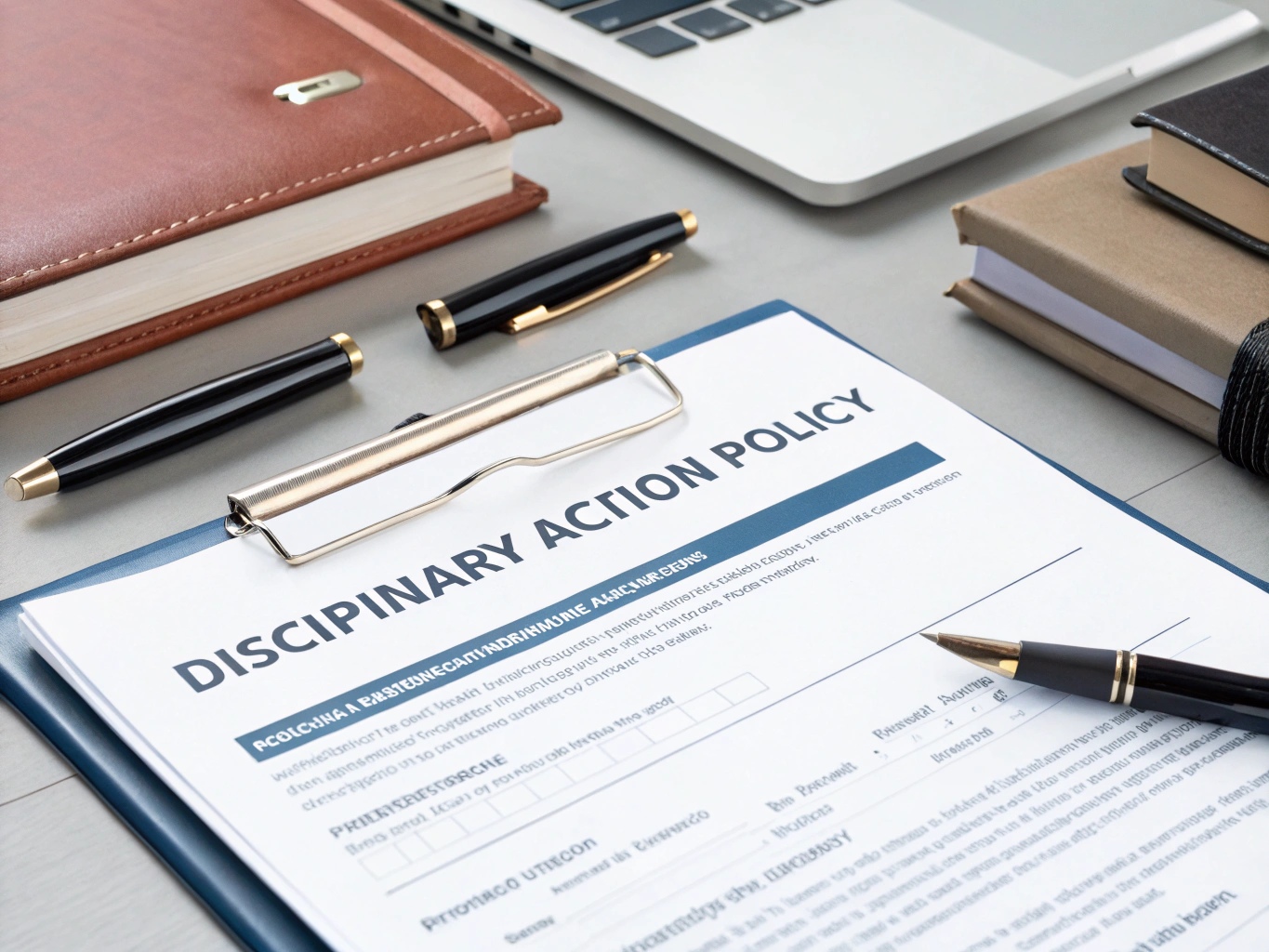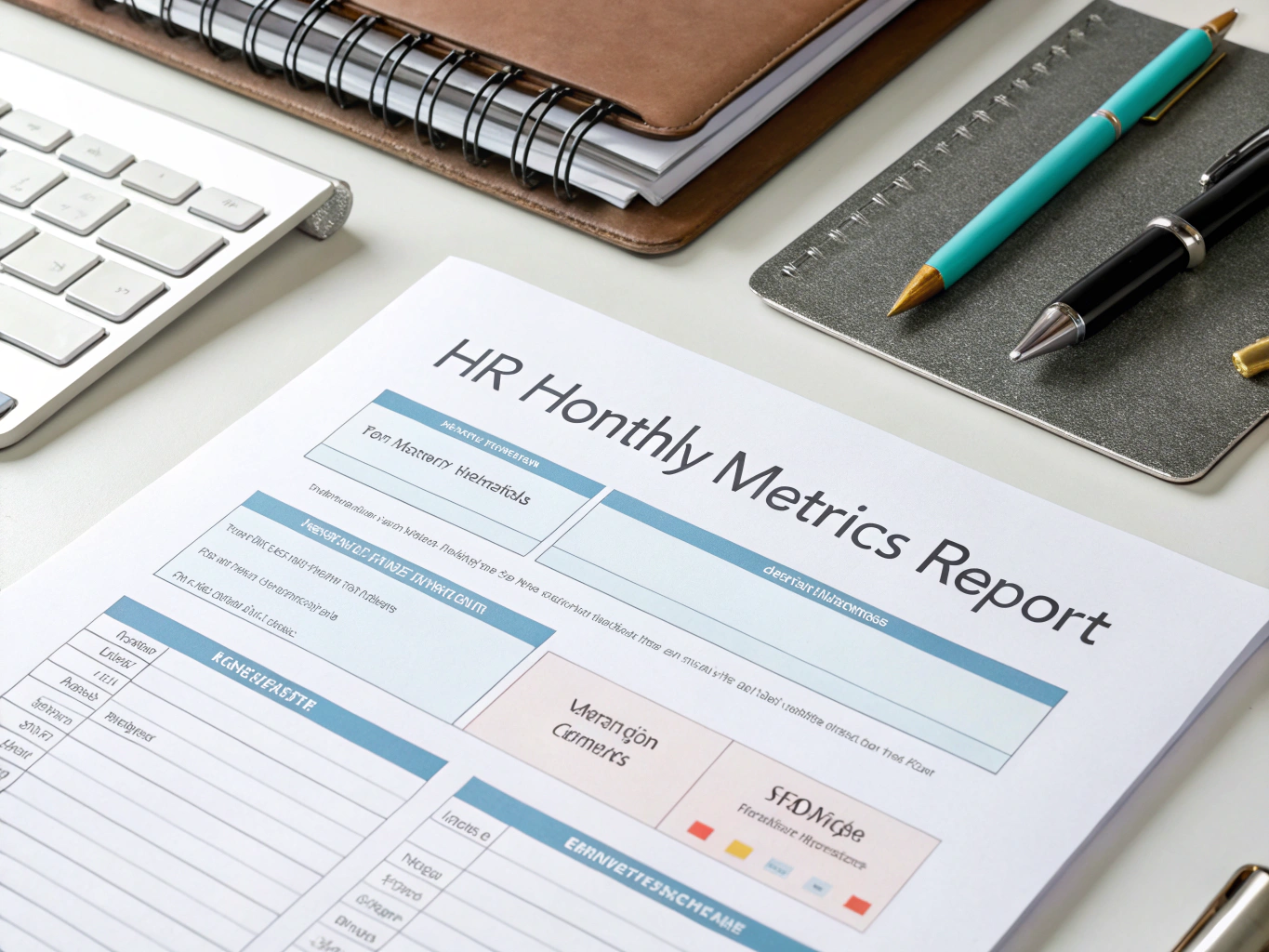What is an Employee Career Development Plan Succession Planning?
An Employee Career Development Plan focused on Succession Planning is a strategic tool designed to help organizations nurture and prepare their workforce for future leadership roles. This form is used in HR processes to create a structured pathway for employees aiming to advance within the company. By assessing current skills, outlining career aspirations, and identifying development needs, you can ensure that your organization has a ready pool of talent for key positions. This proactive approach not only fills critical roles but also enhances employee engagement and loyalty.
Template
Below is a template you can customize for your organization’s needs:
Purpose and Benefits
The purpose of an Employee Career Development Plan with a focus on Succession Planning is to strategically prepare your organization for future talent needs. This structured approach provides a clear framework for identifying and developing employees who can step into critical roles as they become available. Here are some key benefits:
- Enhanced Employee Retention: Employees are more likely to stay with an organization that invests in their growth and provides clear pathways for advancement.
- Identifying High-Potential Talent: A structured plan helps managers identify and nurture employees with leadership potential, ensuring a strong future talent pool.
- Mitigating Risk of Talent Gaps: By preparing internal candidates for key roles, organizations can effectively reduce the risks associated with sudden departures or retirements.
- Alignment with Organizational Goals: This plan helps ensure that employee development efforts are aligned with the overall strategic goals of the organization.
- Increased Employee Satisfaction: Employees feel valued and motivated when they see opportunities for growth and development within the organization.
Essential Components
When creating an Employee Career Development Plan, ensure it includes the following essential components:
- Career Goals and Aspirations: This section outlines the employee’s short- and long-term goals, which serve as a roadmap for their development.
- Current Skills Assessment: Evaluating the employee’s strengths and areas for development is crucial to identifying training needs.
- Developmental Activities: Including a variety of learning opportunities ensures a comprehensive approach to skill enhancement.
- Succession Planning: Identifying critical roles and potential successors allows for strategic planning of talent needs.
- Performance Metrics: Establishing KPIs helps track progress and ensures accountability in the development process.
How to Use This Form
To implement and use this form effectively, follow these practical steps:
- Collaborate with Employees: Engage employees in the planning process to ensure their goals are accurately reflected and understood.
- Regularly Review Progress: Schedule consistent check-ins to assess progress against the plan, making adjustments as necessary.
- Encourage Open Communication: Foster an environment where employees feel comfortable discussing their aspirations and challenges.
- Utilize Feedback: Gather feedback from employees and managers to refine the development plan and ensure it meets organizational needs.
Legal and Compliance Considerations
When implementing an Employee Career Development Plan, it’s important to be aware of legal and compliance considerations. Ensure that development opportunities are equitable and do not discriminate based on gender, race, age, or any other protected characteristic. Document all processes and decisions to provide transparency and protect against potential claims of bias or discrimination.
Best Practices
To maximize the effectiveness of your Employee Career Development Plan, consider these best practices:
- Leverage Technology: Utilize HR software to track employee progress and streamline the development process.
- Integrate with Performance Reviews: Align career development discussions with regular performance reviews to create continuity in employee development.
- Promote a Culture of Learning: Encourage continuous learning by providing resources and opportunities for professional development beyond formal training.




